This is the latest post in the ongoing General Conference Odyssey project. My previous posts in this series can be found here. Posts by other bloggers writing about the April 1971 General Conference today are included at the end of this post.
Today we are writing about the Tuesday Afternoon Session of the April 1971 General Conference.
While there were a number of excellent, memorable discourses in this session of conference, I want to highlight the talk “Honesty and Integrity” by Elder Delbert L. Stapley, who was a member of the Quorum of the Twelve Apostles from 1950 until 1978.
Before I jump into the primary subject, it is fun to notice the dated slang Elder Stapley describes in the opening of his talk:
“My brothers and sisters: This has been a wonderful conference. Most worthwhile messages have been given, which recalls a statement by a young man in his late teens. He sought out his stake president following a stake conference attended by our beloved brother, the late Elder Thorpe B. Isaacson, and enthusiastically said, in the jargon of youth, ‘President, this conference really shook me. Elder Isaacson was really round.’ And then he added, ‘This was a hairy conference.’ Now you dig his meaning.”
From the context, I gather that at some time the use of “shook me,” “really round,” and “hairy” were positive slang phrases. But I get the impression that they may have already been out of use when Elder Stapley gave this talk, with the possibility that “now you dig his meaning” was meant ironically. In any case, if anyone out there knows about the history of this slang I would love to hear about it in the comments.
Elder Stapley spoke about a topic that is very familiar to members of the church: honesty. But even though it is a core principle of the Gospel, I still found Elder Stapley’s discussion interesting and helpful.
“Today, with honesty and integrity among men of high position at a low ebb and becoming lost virtues…The reports of dishonesty, graft, and corruption in government, business, professional, and financial circles in our national life lessen our position and strength as a world leader.”
In April of 1971 the beginning of the Watergate Scandal was still a little more than a year in the future and wouldn’t culminate in the resignation of President Nixon until 1974. But even before all of that came to light, Elder Stapley felt that honesty in public life was at a low ebb. Continue reading
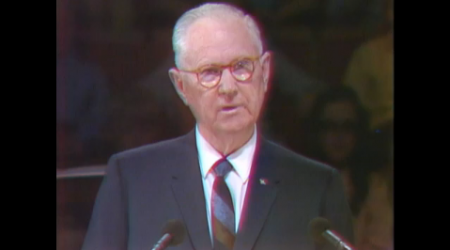
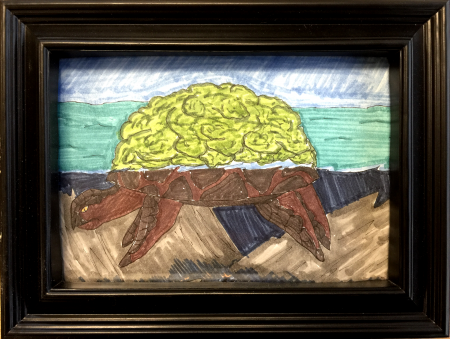
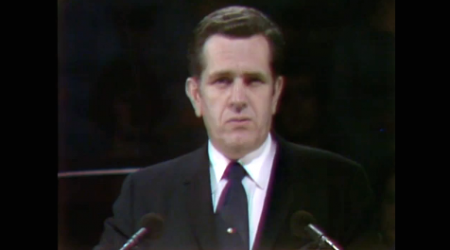
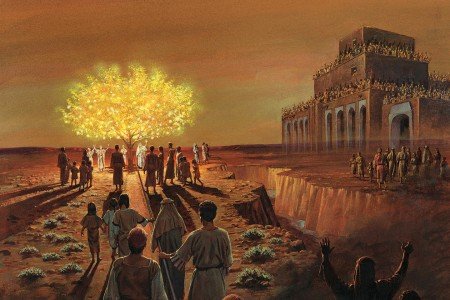
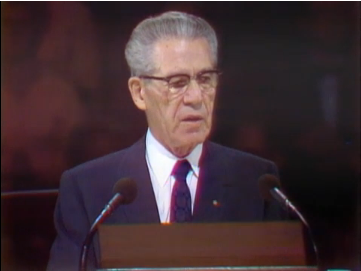

You must be logged in to post a comment.